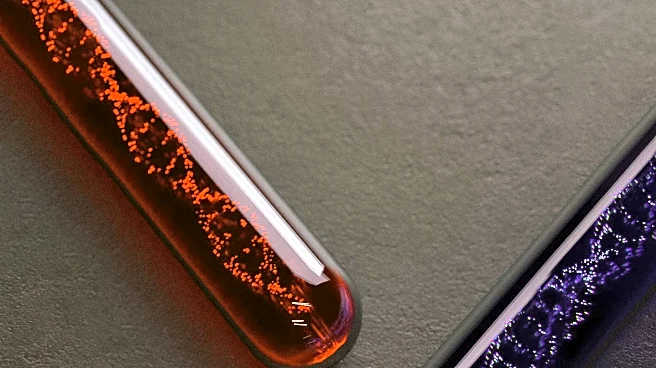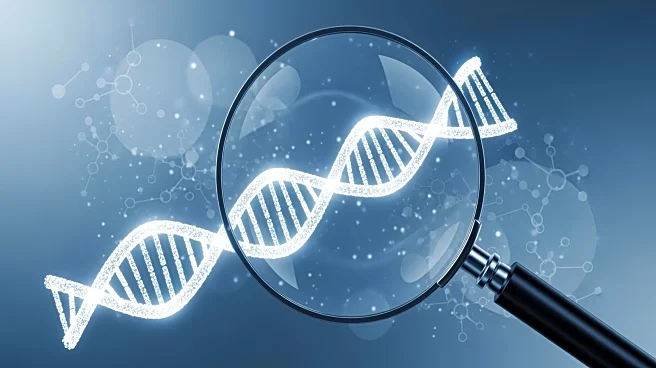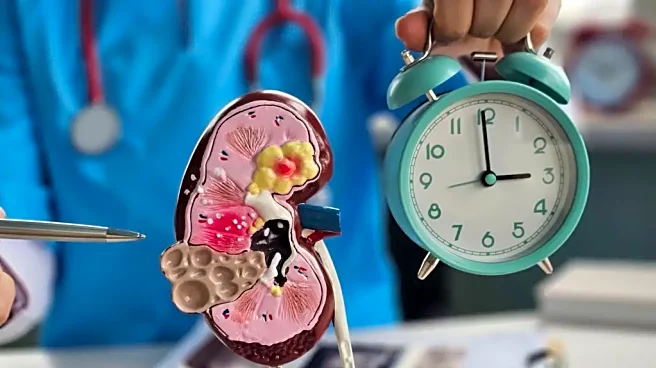What's Happening?
Researchers have identified a cellular cleanup mechanism that could potentially reverse aging, focusing on Hutchinson-Gilford progeria syndrome (HGPS), a rare genetic disorder causing accelerated aging.
The study, led by Professor Chuanmao Zhang, reveals that lysosomes play a crucial role in clearing the defective protein progerin, which accumulates in HGPS cells. By stimulating lysosome activity, the researchers demonstrated improved removal of progerin and reduced signs of cellular aging, suggesting lysosome activation as a promising strategy for treating age-related diseases.
Why It's Important?
The discovery of lysosomes as key players in cellular cleanup offers new avenues for anti-aging therapies. Enhancing lysosome function could help mitigate the effects of progerin buildup, not only in HGPS but also in conditions associated with natural aging and chronic kidney disease. This research highlights the potential for targeting the body's recycling systems to improve cellular health and longevity, which could have significant implications for the development of treatments for age-related diseases.
What's Next?
Further research is needed to explore the therapeutic potential of lysosome activation in broader contexts. Scientists may investigate the application of this mechanism in other age-related conditions and develop targeted therapies to enhance lysosome function. Clinical trials and collaborations with pharmaceutical companies could accelerate the translation of these findings into practical treatments.
Beyond the Headlines
The study raises ethical considerations regarding the pursuit of anti-aging therapies and the implications for human health and longevity. It also highlights the importance of understanding the biological mechanisms underlying aging and the potential for scientific advancements to transform healthcare and societal perceptions of aging.












